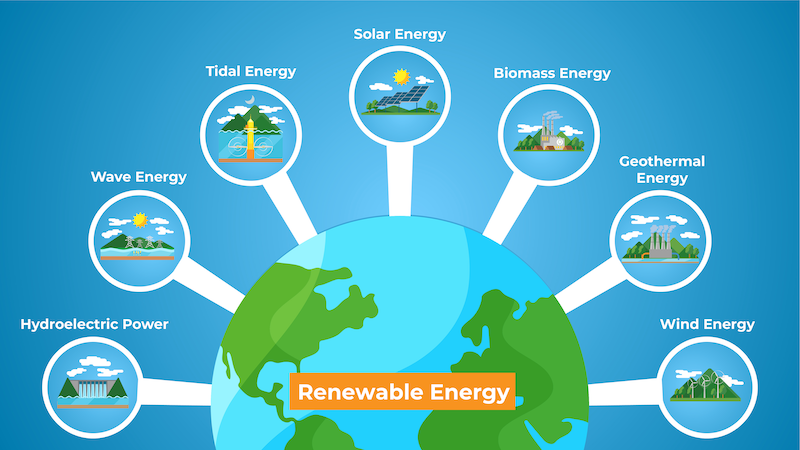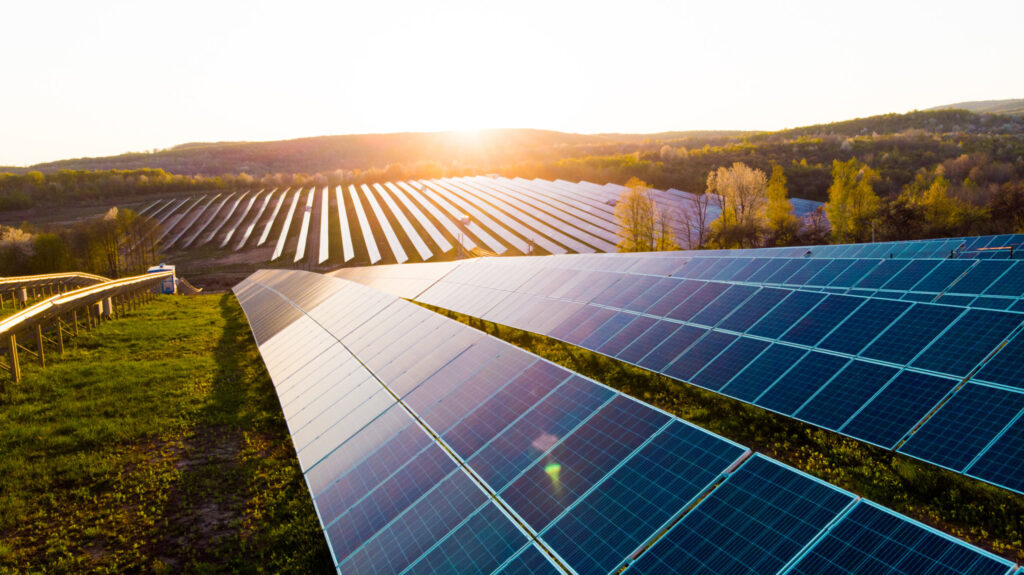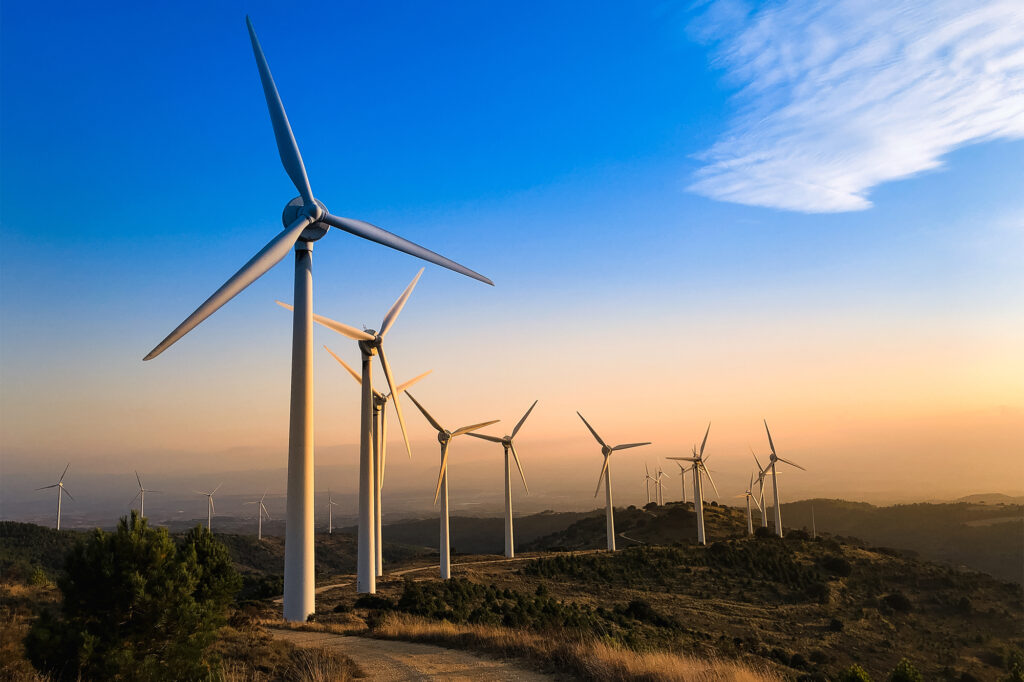Renewable Energy: A Sustainable Future

Renewable energy has emerged as a cornerstone of global efforts to combat climate change and transition towards a more sustainable future. Unlike fossil fuels, which contribute to greenhouse gas emissions and environmental degradation, renewable energy sources offer clean, abundant, and inexhaustible alternatives. In this article, we’ll explore the significance of renewable energy, its various sources, benefits, challenges, and its role in shaping a greener world.
Understanding Renewable Energy
Renewable energy refers to energy derived from naturally replenished sources that are constantly replenished, such as sunlight, wind, water, and geothermal heat. Unlike fossil fuels, which are finite and non-renewable, renewable energy sources provide an endless supply of clean power without depleting natural resources or emitting harmful pollutants.
Types of Renewable Energy Sources
Solar Energy:
Solar power harnesses the sun’s energy through photovoltaic cells or solar thermal systems to generate electricity and heat water. It is one of the most abundant and widely accessible sources of renewable energy.

Wind Energy:
Wind turbines convert the kinetic energy of wind into electricity. Wind power is scalable, cost-effective, and has minimal environmental impact, making it a popular choice for renewable energy generation.

Hydropower:
Hydropower utilizes the energy of flowing water, such as rivers and streams, to generate electricity through turbines. Large-scale hydropower projects, such as dams, can provide significant amounts of clean energy, albeit with some environmental concerns.

Geothermal Energy:
Geothermal power taps into the Earth’s heat stored beneath the surface to produce electricity and heat buildings. It is a reliable and constant source of renewable energy, particularly in regions with high geothermal activity.

Biomass:
Biomass energy is derived from organic materials such as wood, agricultural residues, and municipal waste. It can be used for heating, electricity generation, and biofuel production, providing a versatile renewable energy option.

Benefits of Renewable Energy
1. Environmental Sustainability:
Renewable energy sources produce minimal greenhouse gas emissions, helping to mitigate climate change and reduce air pollution. They also have lower environmental impacts compared to fossil fuels, such as reduced water usage and land disturbance.
2. Energy Security:
Unlike fossil fuels, which are subject to price volatility and geopolitical risks, renewable energy sources are abundant and domestically available, enhancing energy security and reducing dependence on imported fuels.
3. Economic Growth and Job Creation:
The renewable energy sector stimulates economic growth by creating jobs in manufacturing, installation, operation, and maintenance of renewable energy infrastructure. It also attracts investments and fosters innovation in clean energy technologies.
4. Energy Access and Equity:
Renewable energy offers opportunities to expand access to electricity in remote and underserved areas, promoting energy equity and improving quality of life for communities without reliable energy access.
5. Diversification of Energy Sources:
Investing in renewable energy diversifies the energy mix, reducing reliance on finite fossil fuel resources and enhancing energy resilience against supply disruptions and price fluctuations.
Challenges and Barriers
1. Intermittency:
Renewable energy sources such as solar and wind are intermittent, meaning their availability fluctuates based on weather conditions. Addressing intermittency requires advancements in energy storage technologies and grid integration strategies.
2. Cost and Affordability:
While the costs of renewable energy technologies have declined significantly in recent years, they may still be perceived as expensive compared to conventional fossil fuels. Government incentives, subsidies, and supportive policies are crucial for making renewable energy more affordable and accessible.
3. Infrastructure and Grid Constraints:
Integrating renewable energy into existing power grids may require significant upgrades to infrastructure and transmission networks to accommodate variable generation and ensure reliable electricity supply.
4. Policy and Regulatory Frameworks:
Inconsistent or inadequate policy support and regulatory frameworks can hinder the growth of renewable energy markets. Clear and stable policies, along with long-term commitments to renewable energy targets, are essential for fostering investment confidence and market development.
5. Resource Availability and Siting Challenges:
The availability and suitability of renewable energy resources vary by location, posing challenges for siting and development. Identifying optimal locations for renewable energy projects while addressing environmental and social considerations is crucial for sustainable deployment.
The Role of Renewable Energy in a Sustainable Future
Renewable energy plays a pivotal role in the transition towards a low-carbon and sustainable energy system. By replacing fossil fuels with clean, renewable alternatives, we can mitigate the impacts of climate change, reduce air pollution, and promote environmental conservation. Additionally, renewable energy offers economic opportunities, enhances energy security, and fosters social equity by expanding access to clean and affordable energy.
Conclusion
Renewable energy holds the key to a brighter, more sustainable future for generations to come. By harnessing the power of the sun, wind, water, and Earth, we can unlock a cleaner, more resilient energy system that benefits both people and the planet. Through continued investments, innovation, and supportive policies, we can accelerate the transition towards a renewable energy future and build a greener world for all.